Imagine a world where the air is unbreathable, the sky is a murky hue, and life as we know it cannot exist. This was Earth over 2.5 billion years ago, a planet devoid of the oxygen-rich atmosphere we take for granted today. But what if I told you that tiny, unassuming microorganisms called cyanobacteria were the architects of a monumental transformation? They orchestrated an event so profound that it paved the way for life as we know it. This is the story of how cyanobacteria shaped our world, ushering in the Great Oxygenation Event that changed Earth forever.
The Unseen Architects of Change: Cyanobacteria
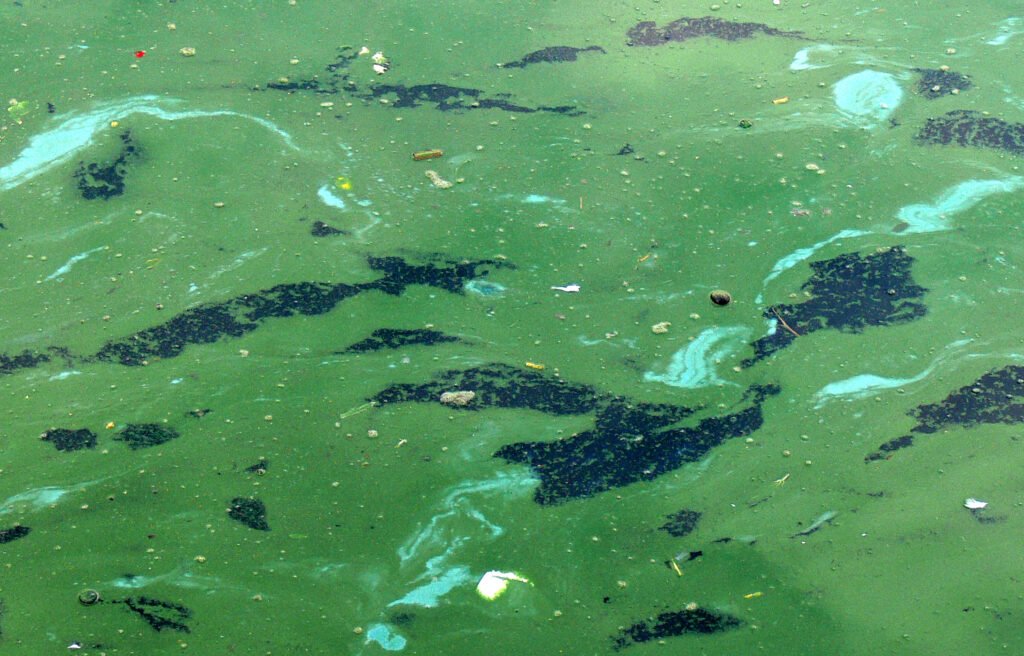
Cyanobacteria, often referred to as blue-green algae, are microscopic powerhouses that played a pivotal role in Earth’s history. These single-celled organisms are among the oldest known life forms, thriving in environments where few others could. What sets cyanobacteria apart is their ability to perform photosynthesis, a process that converts sunlight into energy. Just like the plants we see today, they use sunlight, water, and carbon dioxide to produce energy, releasing oxygen as a byproduct. This seemingly simple process set the stage for a dramatic shift in Earth’s atmosphere.
The Birth of Photosynthesis
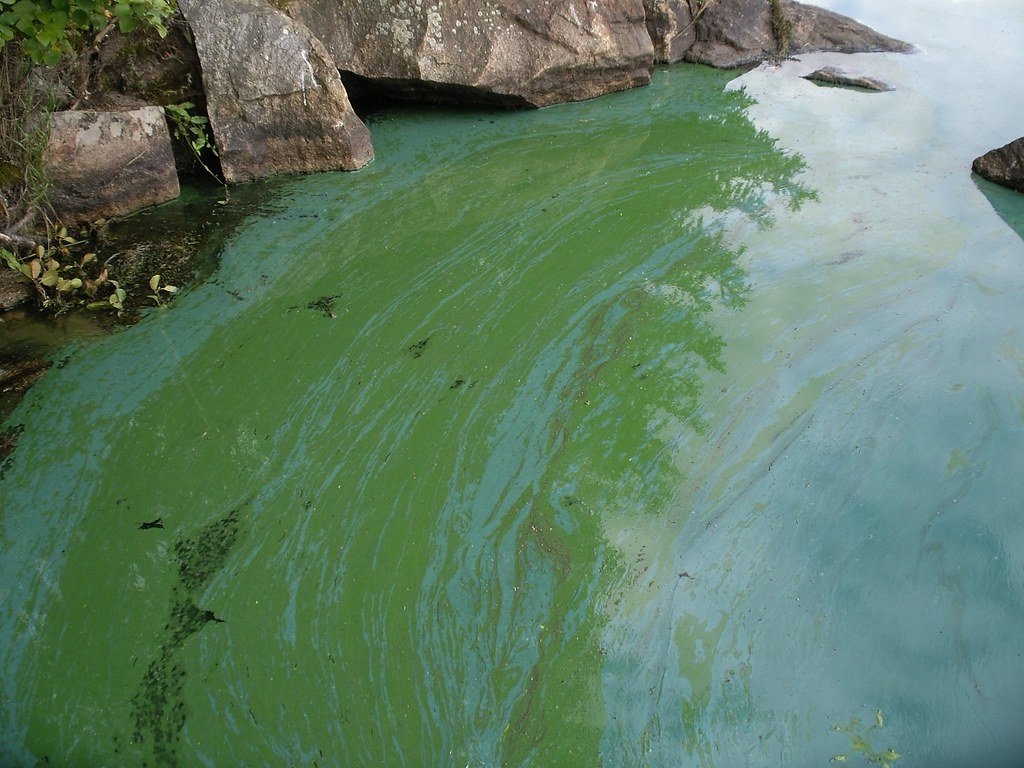
Photosynthesis is a marvel of nature, a chemical ballet that transforms light into life-sustaining energy. Cyanobacteria were the pioneers of this process, harnessing sunlight in the ancient oceans to produce food and, crucially, oxygen. Before their emergence, Earth’s atmosphere was dominated by gases like methane and ammonia, with little to no oxygen. By producing oxygen, cyanobacteria altered the chemical composition of the atmosphere, setting the stage for the Great Oxygenation Event. Imagine the first flicker of life-giving oxygen seeping into the air, a silent revolution that would eventually support diverse ecosystems.
The Great Oxygenation Event: A Turning Point
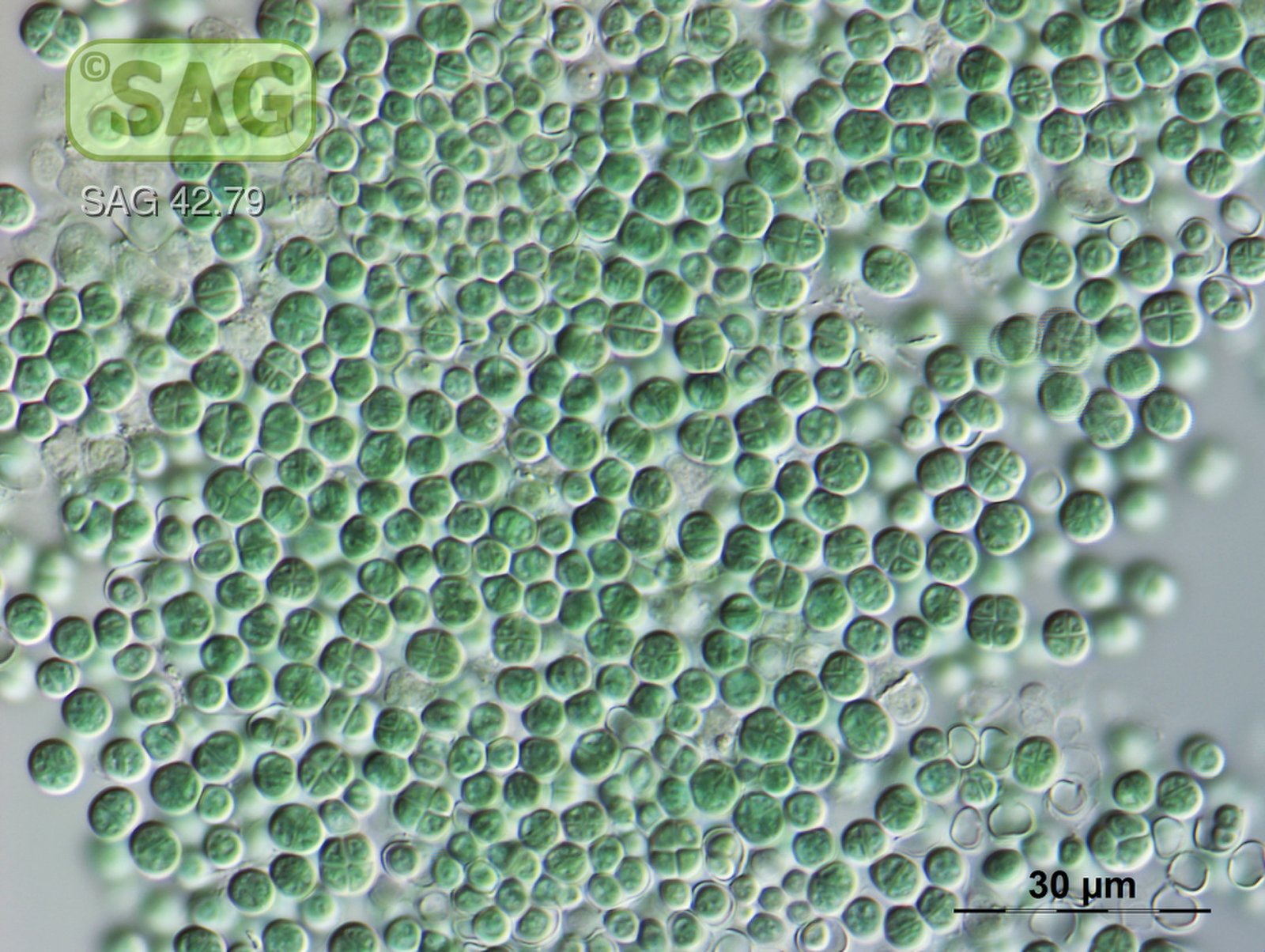
The Great Oxygenation Event, occurring around 2.4 billion years ago, was a watershed moment in Earth’s history. As cyanobacteria proliferated, they released vast amounts of oxygen into the atmosphere. This influx of oxygen was initially toxic to many existing organisms, causing a mass extinction. However, it also paved the way for new life forms to emerge, adapted to this oxygen-rich environment. This event marked the transition from an anaerobic world to one where aerobic life could flourish, laying the foundation for complex life forms, including humans.
The Oxygenation Timeline: A Slow Revolution

The process of oxygenating Earth’s atmosphere was not an overnight transformation. It was a gradual process that spanned millions of years. Initially, the oxygen produced by cyanobacteria reacted with iron in the oceans, creating iron oxide deposits known as banded iron formations. These formations, visible today as striking red and gray bands in rocks, are a testament to this ancient process. Only after the iron in the oceans was saturated did oxygen begin to accumulate in the atmosphere, leading to the Great Oxygenation Event. This slow buildup eventually resulted in an atmosphere capable of supporting aerobic life.
The Impact on Earth’s Climate
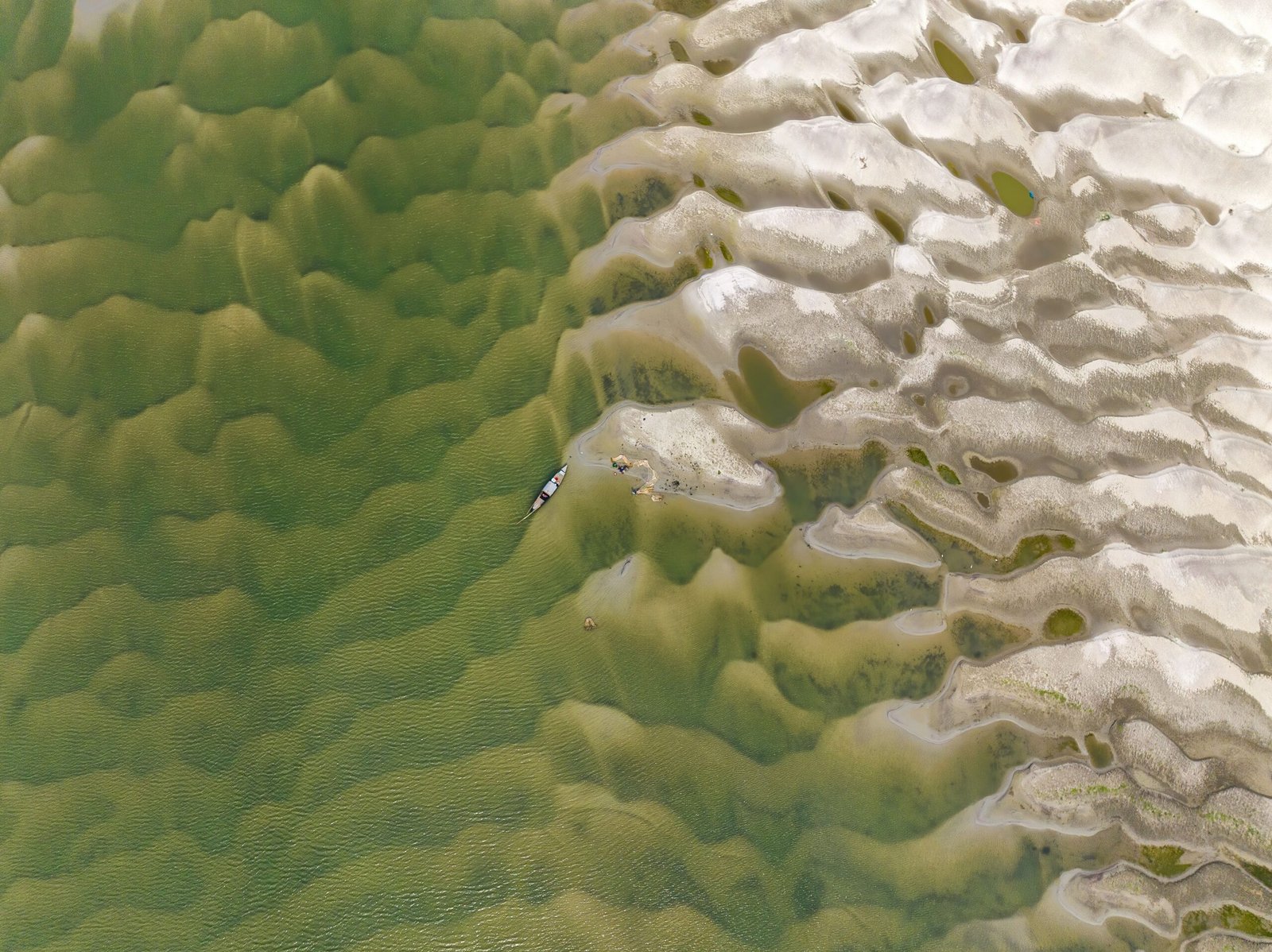
The influx of oxygen had profound effects on Earth’s climate. The increase in oxygen levels led to the formation of the ozone layer, a protective shield that absorbs harmful ultraviolet radiation from the sun. This allowed life to thrive on land, as it was no longer confined to the protective embrace of the oceans. Additionally, the oxygenation of the atmosphere contributed to the cooling of the planet, as it reduced the concentration of greenhouse gases like methane. This cooling effect may have triggered global glaciations, known as “Snowball Earth” events, shaping the planet’s climate and geology.
Life Finds a Way: Evolution in an Oxygenated World

The Great Oxygenation Event forced life to adapt or perish. While many anaerobic organisms succumbed to the toxic effects of oxygen, others evolved mechanisms to detoxify and utilize it. This adaptability led to the diversification of life forms, giving rise to eukaryotes, organisms with complex cell structures. The presence of oxygen allowed for more efficient energy production, enabling the development of larger and more complex organisms. This evolutionary leap eventually led to the Cambrian Explosion, a period of rapid diversification that produced the ancestors of most modern animal groups.
The Legacy of Cyanobacteria
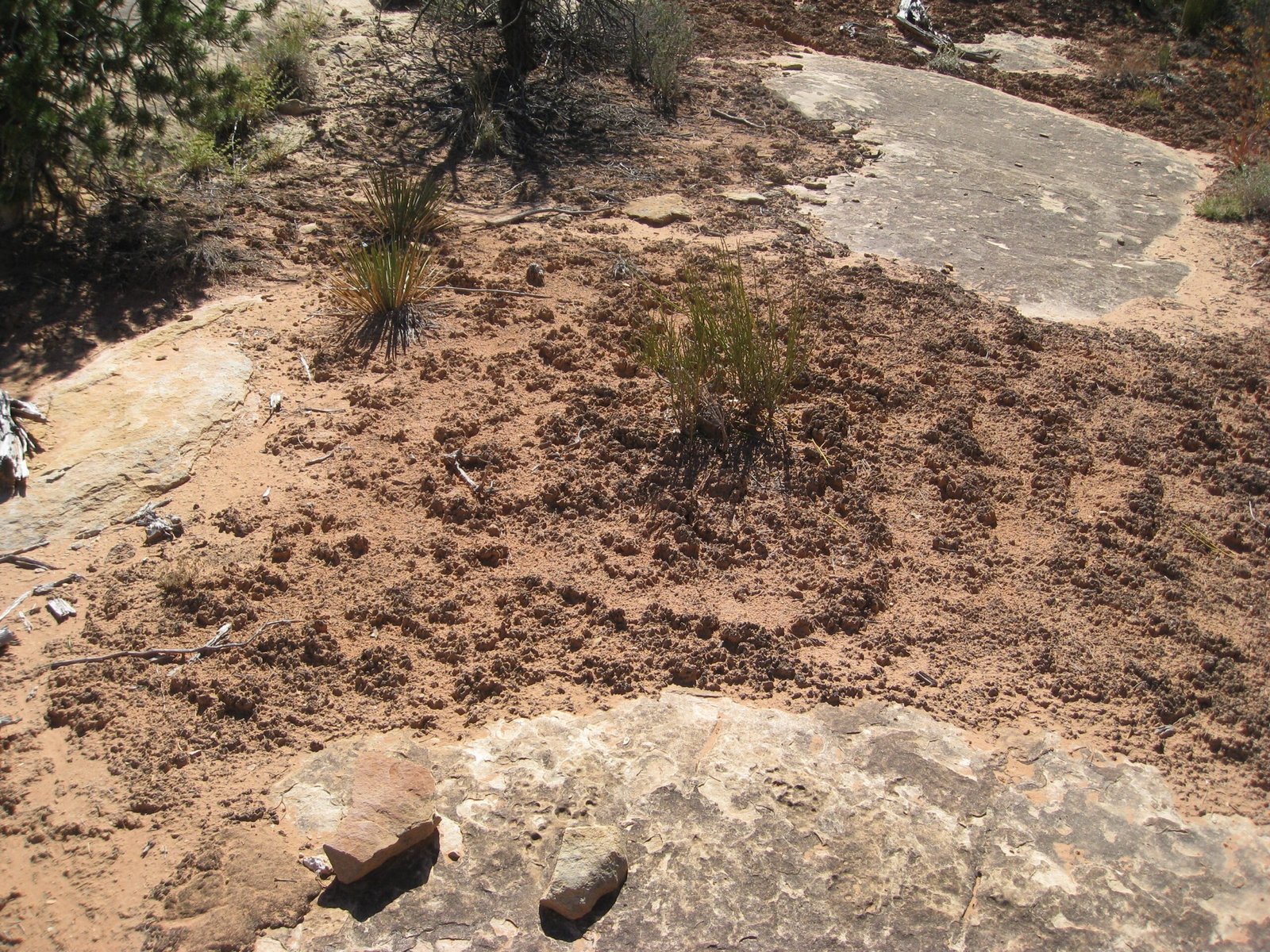
Cyanobacteria’s contribution to Earth’s history extends beyond the Great Oxygenation Event. They continue to play a vital role in today’s ecosystems, contributing to the global carbon and nitrogen cycles. In aquatic environments, they form the base of the food chain, supporting a diverse array of life. Cyanobacteria are also being explored for their potential in biofuel production and carbon capture, offering sustainable solutions for modern environmental challenges. Their ancient legacy lives on, reminding us of their enduring impact on our planet.
The Ongoing Dance of Oxygen and Life
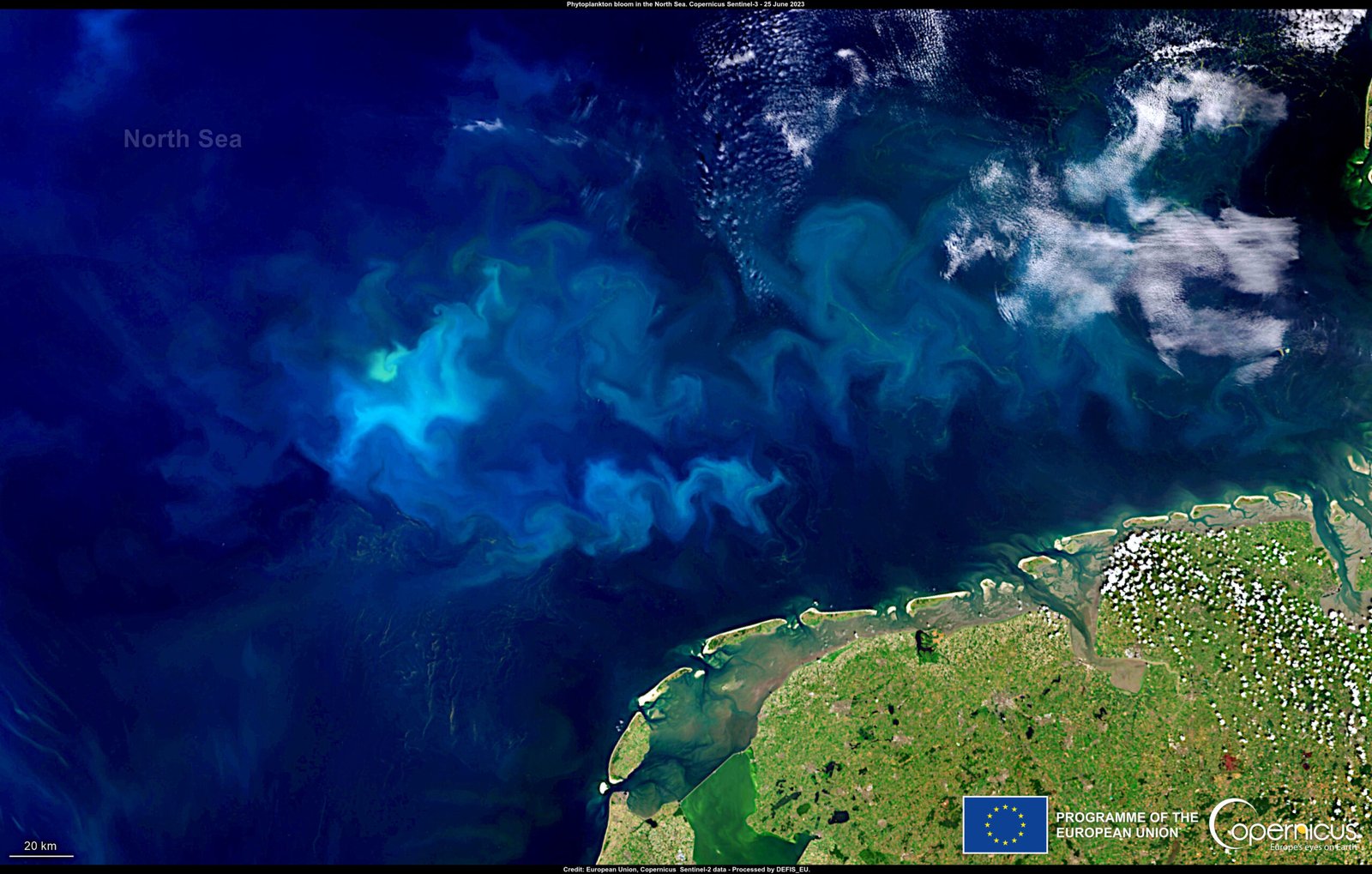
The relationship between oxygen and life is a delicate dance, with each influencing the other in profound ways. While oxygen enabled the rise of complex life, life itself has shaped the levels of oxygen in the atmosphere through processes like respiration and photosynthesis. This dynamic interplay continues today, with human activities impacting oxygen levels and the balance of gases in the atmosphere. Understanding this relationship is crucial for addressing contemporary environmental issues and ensuring a sustainable future for our planet.
Lessons from the Past: Reflecting on Earth’s History
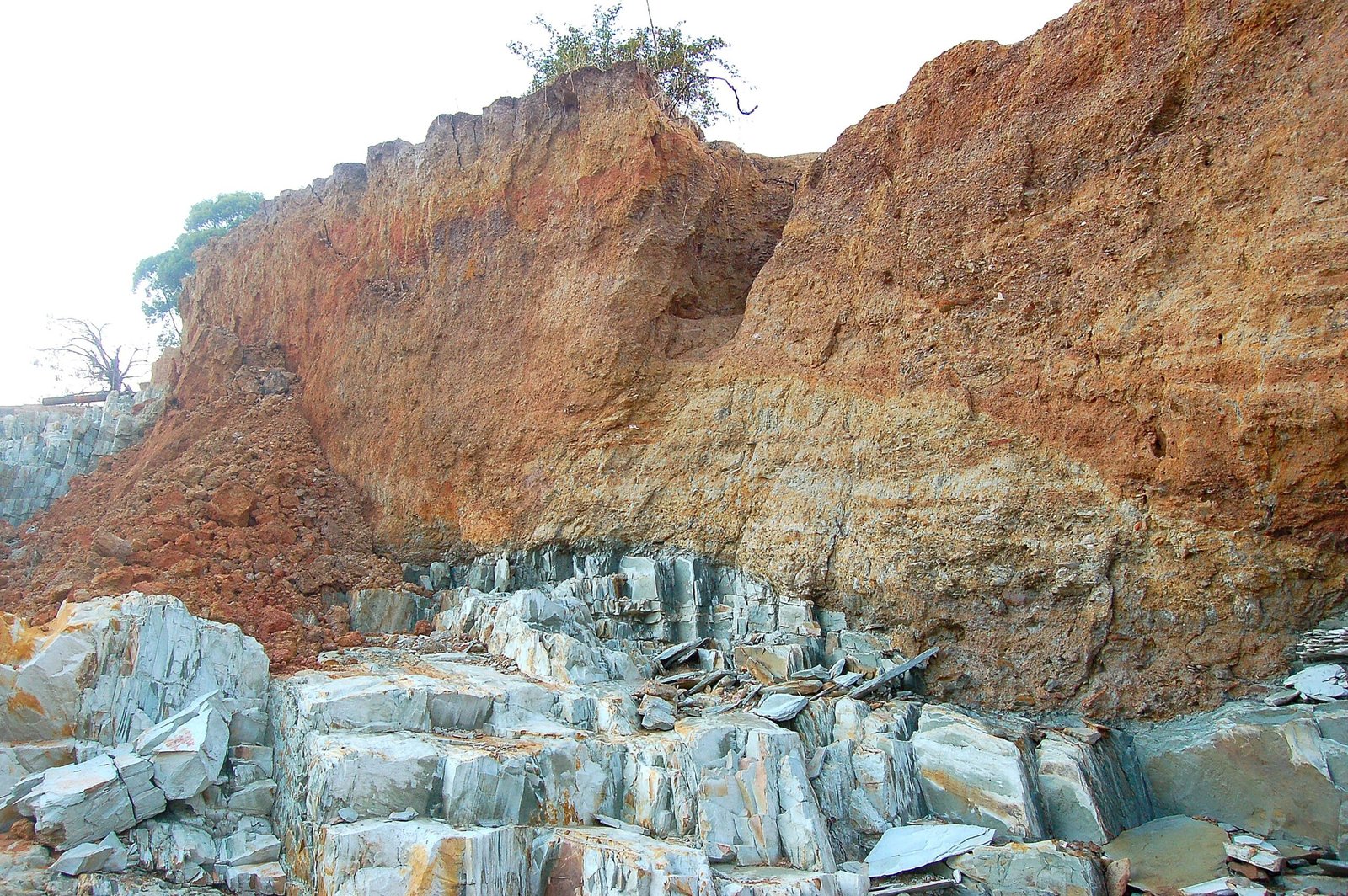
The story of cyanobacteria and the Great Oxygenation Event offers valuable lessons for our time. It serves as a reminder of the interconnectedness of life and the environment, illustrating how small changes can have far-reaching consequences. As we face challenges like climate change and biodiversity loss, reflecting on Earth’s history can inspire us to pursue sustainable practices and protect the delicate balance of our planet’s ecosystems. Just as cyanobacteria transformed Earth, we too have the power to shape the future.
Embracing the Breath of Life
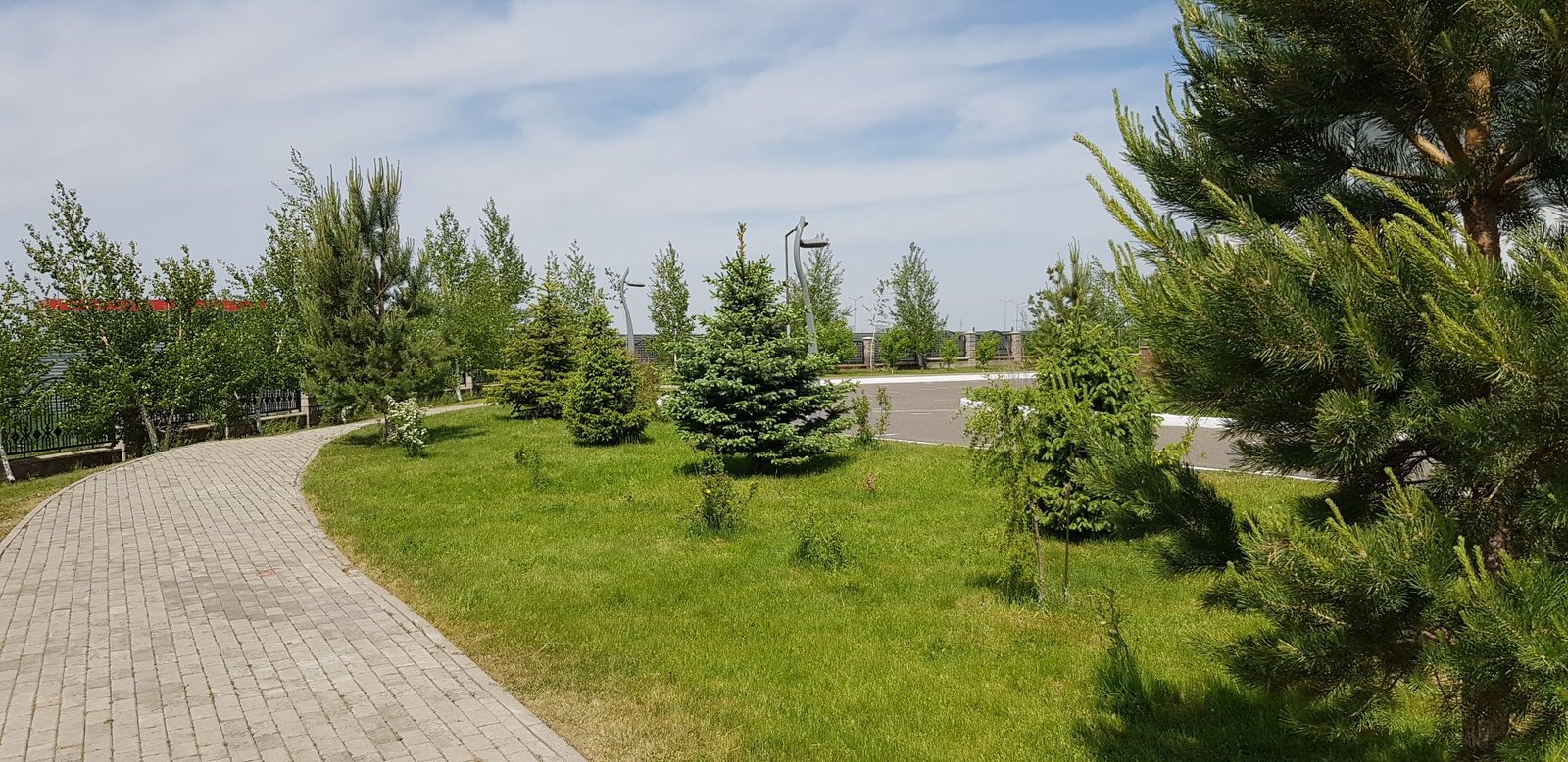
The air we breathe is a testament to the incredible journey of cyanobacteria and the Great Oxygenation Event. Their legacy is woven into the fabric of our existence, a reminder of the power of nature to transform and sustain life. As we inhale the oxygen-rich air, let us acknowledge the ancient architects who made it possible and strive to honor their legacy by nurturing the planet they helped create. In doing so, we embrace the breath of life that connects us all.




